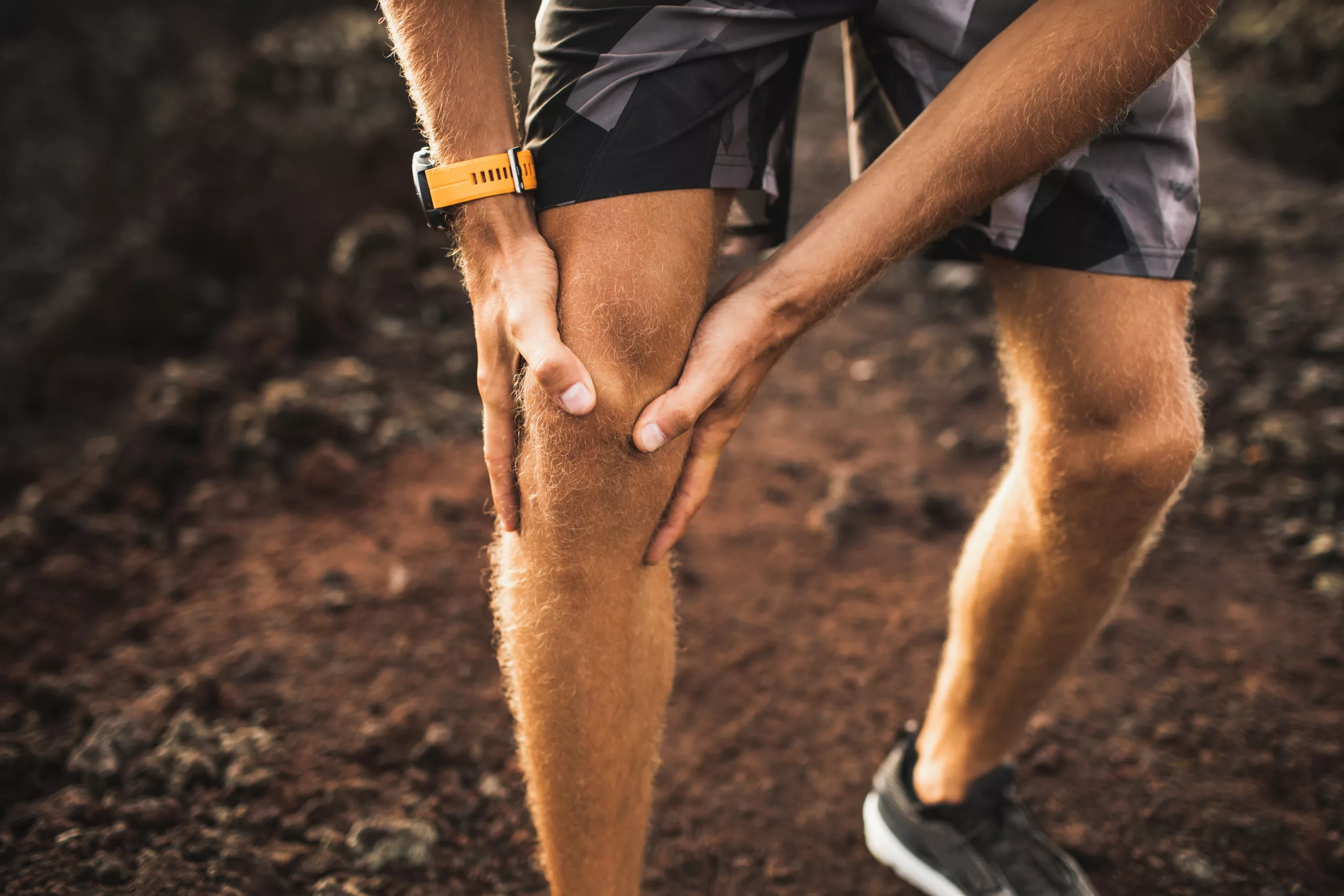
IT Band Friction Syndrome: A Physiotherapy Perspective
Are you an avid runner or cyclist who’s been grappling with a nagging pain on the outer part of your knee? If so, you might be dealing with a condition known as Iliotibial Band Friction Syndrome (ITBS). This common knee injury can put a damper on your active lifestyle, but with the right knowledge, you can understand and manage ITBS effectively.
What is Iliotibial Band Friction Syndrome (ITBS)?
Imagine a band, not the musical kind, but a strip of fibrous tissue running down the side of your leg. This is the iliotibial band (ITB), a key player in providing lateral support to your hip and knee. ITBS is a common type of knee pain that results from repeated bending and straightening of the knee, causing irritation to the structures around the knee due to pressure from the ITB. This condition is most common in runners and cyclists and is characterized by lateral knee pain during activity.
The Culprits Behind ITBS
The causes of ITBS are multifactorial, often due to repeated movement of the knee through the ‘impingement zone’ (30° knee flexion). This is where maximal pressure is exerted on the knee by the ITB. Intrinsic factors such as increased hip adduction angle and internal knee rotation during running, weak gluteus medius and maximus, a tight ITB, and abnormal neuromuscular control can increase the strain on the ITB. Extrinsic factors like the type of running shoe, cycle fit, leg length discrepancy, rapid training volume increases, downhill running, and slow running can also contribute. However, an intrinsic factor must be present for the extrinsic factors to influence the development of ITBS.
The Science Behind ITBS
There are differing views on the pathophysiology of ITBS. Some believe it’s caused by inflammation to the IT band from excessive friction during knee flexion and extension. Others argue that ITBS arises from dysfunction in the hip abductors, with pain in the knee being secondary to this. Recent studies suggest that compression of the bony surface of the knee and soft tissues, including vascular fatty tissue, underlying the ITB may play a role. Chronic stages of ITBS show a thickening of the iliotibial band itself.
Spotting ITBS: Key Signs & Symptoms
Typical signs and symptoms of ITBS include deep, achy pain at the lateral aspect of the knee and tenderness around the knee, especially during running and sports-related activities. Pain is typically worse at 30° of knee flexion. Some fluid accumulation may occur around the knee. ITBS can present with other knee and hip problems such as patellofemoral syndrome and greater trochanteric pain syndrome, and therefore may have signs and symptoms indicative of these conditions.
Tackling Iliotibial Band Friction Syndrome with Physiotherapy
The treatment for ITBS is typically divided into three phases: acute, subacute, and recovery strengthening phase.
Acute Phase
The goal during this phase is to reduce inflammation in the area over the knee. This is achieved by modifying activity to reduce the repetitive mechanical stress at the knee, such as avoiding running and cycling. Nonsteroidal anti-inflammatory drugs (NSAIDs) may be taken, under the guidance of a physician or pharmacist, to help reduce pain and inflammation.
Subacute Phase
Once the acute inflammation has subsided, the focus shifts to stretching exercises. Much of the attention is given to increasing the length of the tensor fascia latae and gluteus muscles as these are the structures that attach to the IT band. The hip flexors and ankle plantar flexors are also often treated as they are an important part of the kinetic chain for force generation and absorption. Identifying restrictions in the subacute phase, such as myofascial restrictions, should be addressed prior to strengthening and muscle re-education.
Recovery Strengthening Phase
This phase concentrates on strengthening the hip abductors, particularly the gluteus medius. Progression of the hip abductors can be done by eccentrically loading the hip abductors using closed-kinetic chain movements. If the patient can demonstrate good body mechanics, in the absence of pain, when performing all strengthening exercises they may gradually return to running.
Exercise Examples
IT band myofascial release using a foam roller or tennis ball, gluteal muscle recruitment with resisted clam shell exercises, hip abduction in side-lying, and resisted hip abduction with bridge. Intermediate gluteal muscle exercises include resisted squat with hip abduction, and progressing to resisted squat and hip abduction with single-leg emphasis. Returning to sport exercises in this category include posterior lunges and single-leg deadlift. These exercises are challenging and aid in functional hip control.
Manual Therapy
Manual therapy techniques for ITBS include myofascial release to the gluteal and hip flexor muscles. Myofascial release can help relieve tension on the IT band and compression occurring in the region at the ITB-knee.
IT band friction syndrome can be a significant hurdle for active individuals, but with the right knowledge and professional guidance, it’s a hurdle you can overcome. Prevention is always better than cure, so remember to take care of your body and listen to its signals. A physiotherapist can provide a proper diagnosis and treatment plan to help you manage ITBS. At Connect Physiotherapy & Exercises, we’re here to help you navigate your journey to recovery.
*Remember, while knowledge is power, self-diagnosis and treatment can be risky. While this blog provides useful information, it’s essential to see a trained professional for proper diagnosis and management. Every person is unique, and so is their recovery journey. At Connect Physiotherapy & Exercise, we’re all about personalized care. Let us help you navigate your path to recovery.
References
Baker, R.L., Souza, R.B., & Fredericson, M. (2011). Iliotibial band syndrome: soft tissue and biomechanical factors in evaluation and treatment. PM&R, 3(6), 550-
561.
Khaund, R., & Flynn, S. H. (2005). Iliotibial Band Syndrome: A Common Sourceof Knee Pain. American Family Physician, 71(8), 1545.
van der Worp, M.P., van der Horst, N., de Wijer, A., Backx, F.J.G., & Nijhuis-vander Sanden, M.W.G. (2012). Iliotibial band syndrome in runners: A systematic review. Sports Medicine, 42(11), 969-992.

